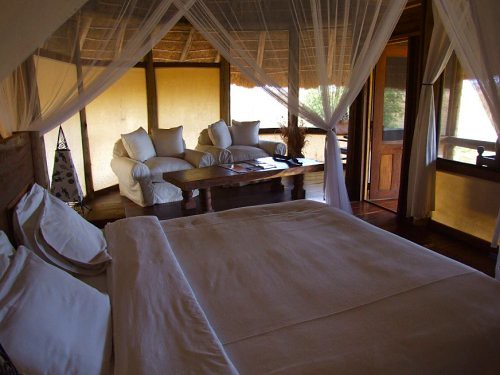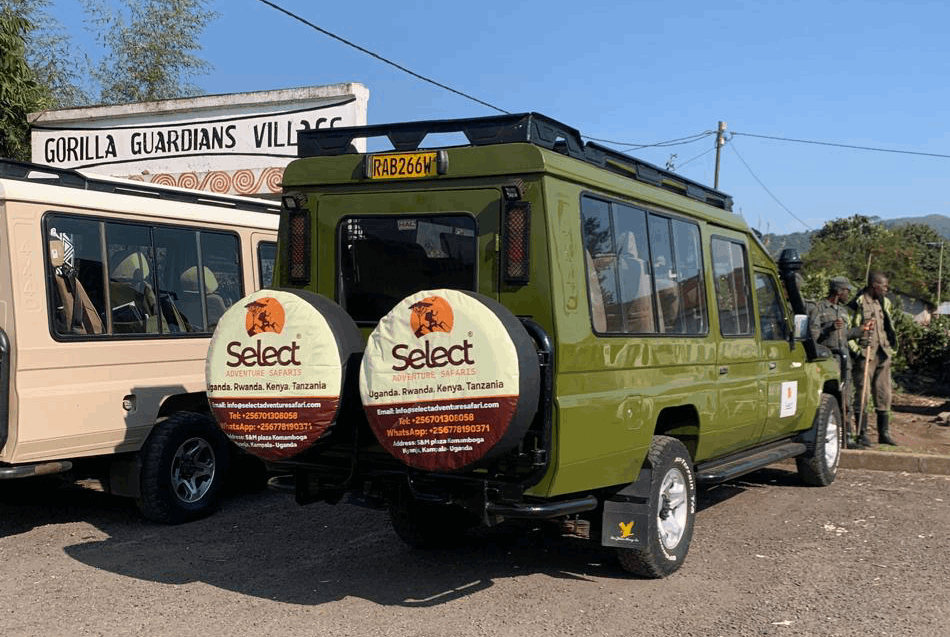kidepo valley National park
Discover Kidepo Valley National park
Kidepo Valley National park is located in Kaabong District in the north-eastern angle of Uganda. The park is nearly 220 kilometres (140 mi), by road northwest of Moroto, the principal town in the sub-region. It is about 520 kilometres (320 mi), by road, northeast of Kampala Uganda’s capital and largest city. It positioned in the Karamoja region in northeast Uganda. Kidepo is craggy savannah, dominated by the 2,750 metres (9,020 ft.) Mount Morungole and transected by the Kidepo and Narus rivers. It occupies a 1,442 square kilometres (557 sq. mi)
The north-western boundary of the park extends along the international limit with South Sudan and adjoins against its Kidepo Game Reserve.
Dodoth pastoralists and IK farmers breathed in the area before it was gazetted as a game reserve by the British colonial government in 1958. The purpose was both to protect the animals from pursuing and to avert further clearing of bush for tsetse fly-control.
The ejection of the neighbouring people and the resultant famine particularly among the Ik, is mentioned in up-to-date dwindling area management as an example of the improper significances of not taking communal needs into account when titling reserves.
The newly autonomous management of Uganda under Milton Obote transformed the reserve into the Kidepo Valley National Park in 1962. The first chief curator of the park was Ian Ross, in 1972, Paul Ssali, a Ugandan, replaced him. Their conferral and training was the subject of the 1974 American biopic film “The Wild and Brave”.
The park entails of the two major valley systems of the Kidepo and Narus Rivers. The valley bases lie between 3,000 feet (910 m) and 4,000 feet (1,200 m).
Kanangarok is a tepid hot spring in the extreme north of the park, beside the South Sudanese boundary. This spring is the most permanent source of water in the park.
The soil in the park is clayey. In the Kidepo Valley, black chalky clay and sandy-clay loam dominate, while the Narus Valley has freer-draining red clays and loams.
Most of the park is open tree savannah. Because of changes in rainfall — with annual averages of 89 centimetres (35 in) in Narus and 64 centimetres (25 in) in the Kidepo basin — vegetation and animal populations vary between the two valleys.
Primary swards in the Narus Valley are the smaller red oat grass taller bunchy Guinea grass and fine thatching grass. Joint trees in the thirstier areas are red thorn acacias, desert dates, and to a lesser extent drumstick trees. The iconic sausage trees and fan palms line the water courses. Euphorbia candelabrum and the shorter monkey bread (or camel’s foot) and Buffalo thorn trees are also found.
Recurrent water makes River Kidepo a retreat in the semi-desert which hosts over 86 mammal species including spotted hyenas, Uganda lions, Tanzanian cheetahs, leopards, wild dogs, elephants, giraffes, zebra, Cape buffaloes, bat-eared foxes, Rothschild’s giraffes — as well as virtually 500 bird species. The park is managed by the Uganda Wildlife Authority. The USAID as of August 2013 was financing the improvement of roads within the park.
Game inspecting is possible by vehicle on dirt roads that lattice the southern and western parts of the park. A few trunk roads are improved wit
Attractions in Kidepo
Mammals
Kidepo Valley National Park is destination with animals in all shades and colors. Large herds of mammals of different species, roam the beautiful grasslands and woodlands of Kidepo. The numbers may have reduced during the 1980s Uganda political upheavals and some species like rhinos hunted to extinction, Kidepo still is home to more than seventy mammal species. Some of the wildlife species are so unique and only sighted in Kidepo Valley on tour into Uganda; cheetah, maneless zebras, kudus, oryx, gazelle to name a few. Often mammal species sightings on Uganda safari to Kidepo are lions, leopards, elephants, giraffes, elands, roan antelopes, stripped hyenas, jackals, hyenas, zebras, reedbucks, waterbucks, Uganda kobs and possibly the largest herds in number of buffalos.

Birds
Kidepo Valley National Park is a unique habitat with unique climatic conditions that are conduicive for rare wildlife species. Kidepo Valley and the larger Karamoja region is natural habitat for more than 450 bird species and an Important Birding Area with rare bird species in Uganda. It is top destination for birdwatching safari in search of unique birds. The Karamoja region is the only habitat to sight the ostrich, Kori bustard, and other semi arid bird species. Of more than fifty species of recorded birds of prey sightingsin Uganda, a dozen are endemic to the Karamoja region. Varreaux’s eagle, Egyptian vulture, Pygmy falcon and others are easy to spot only in Kidepo on tour of Uganda.

Indiginous people
The wonders of Uganda safaris into Kidepo Valley go extra miles beyond merely sighting the large herds of wildlife and the beautiful birds flying in the air. The lifestyles, characters and the cultural beliefs of the indigenous people around the Karamoja region are a whole package of Uganda tourism attraction altogether. These are an example of African people that have a strong attachment to their ancestors’ lifestyle and for decades have resisted “unneccessary” influence into their livelihood from foreigners.
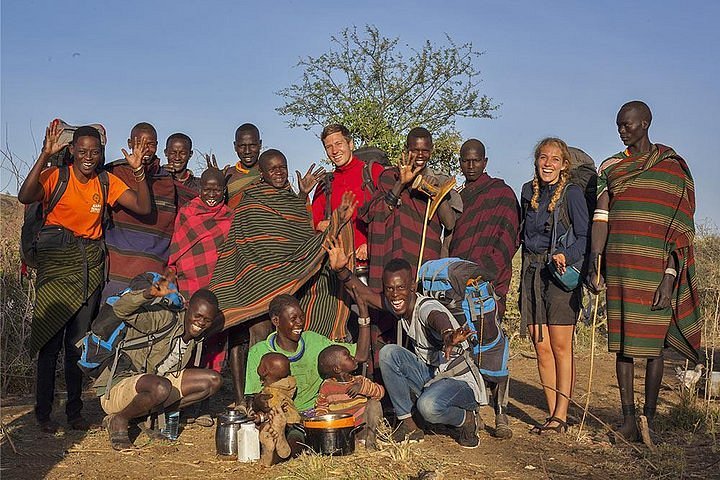
Landscapes and Features
Kidepo Valley National Park has postcard scenes and sceneries of a true wilderness game viewing destination. Just briefly close your eyes, think about the ideal open wilderness sceneries you long to see, take a deep breath and open your eyes. That is exactly how Kidepo Valley National Park is. Kidepo is a flat plain with grasslands, few scattered trees; true savannas in all corners and spreading beyong the eyes can see into the horizons. Large herds of mammals are grazing gracefully with predating carnivores closing on them scheming for an easy target to prey on. The sky is painted in all colors with different flocks of birds. The traveler on Uganda tour of Kidepo is lost for choice for every corner has something so captivating and exciting. Let us give you a hint of spots with outstanding sightings.

The name of the national park originates from this valley. Kidepo in the local language means to pick from under. The fruit gathering people rushed into this valley to pick ripened and fallen borassus palm fruits for domestic use. This valley floods into a gushing river during the rainy seasons, grass is fresh and green everywhere. All wildlife species are healthy, proud and very closeby. In dry season the valley is bare and sandy ground and wildlife species move to areas with resources for survival. The valley is a destination with unique sightings for wildlife adventure safaris regardless of the climatic conditions.
]Narus Valley; this spot floods during the rain seasons and is impossible to cross the roaring rivers onto the opposite side. In dry seasons, the Narus valley is last spot with fresh grass that like most of the areas, get sunburnt to bare ground of sand. Even then, the valley still has permanent oases and is a watering hole where mammals trek and congregate to cool off the heat of the burning temperatures. For travelers on tour of Uganda, this is the destination to spot your ideal mammal, bird and other resident wildlife species
Mount Morungule 2,750 meters is transit for Rivers Kidepo and Narus that are a lifeline to the wildlife in the Kidepo valley. Travelers on Uganda tour into the Karimojong may walk with ranger escorts and adventure into the mountains in search of rare wildlife sightings. The mountain ranges offer an aerial advantage to sight far off areas and capture top photographic scenes. Note that this is the spot to visit the Ik communities and share in their life experiences.
Namamukweny Valley; loosely translated an isolated, lonely place, which aptly defines the Kidepo Valley National Park natural set up. Kidepo is an absolute gem; beautiful place with quiet corners, less discovered and less trampled on. For the traveler in search of adventure, fun and excitement out of the roving eyes, safari to Kidepo is top on the menu to refresh, rejuvinate and make personal discovery.
The Kidepo valley offers unequaled wealth of unique sights, sceneries and sounds in many ways. Travelers on tour to Uganda into Kidepo often visit the Kanangorok Hot Springs and observe in amazement the geographic forces of natural spa.
How to get to Kidepo valley National park
Kidepo is hundreds of kilometres away from Kampala; the capital city of Uganda but easily accessible all through the year by air. Charter flights are very possible for there is an airfield at Lomej close to Apoka; the tourism heart of the park. There are other airfields outside the park at Moroto, Gulu and Soroti but hundreds of kilometres away from the park.
Smooth tarmac roads reach large urban centres close to Kidepo Valley National Parks from many fronts and then gravel roads connect to the park. Note, in dry season the roads may get dusty, while some sections of the roads get slipperly in rain season. Endeavour to make enquiries about the routes before starting on your safari. 4WD vehicle is recommendable for the safari but not a necessity in dry season. The routes we advise travelers to use starting with the most prefered. Travelers are advised to spend a night in one of the highlighted urban centres to reduce the travel fatigue and arrive when fresh for the adventure.
- Kampala – Karuma – Gulu – Kitgum – Kidepo = 571km (10 hours)
- Kampala – Mbale – Sironko – Moroto – Kotido – Kaabong – Kidepo = 740km (12 hours)
- Kampala – Mbale – Soroti – Moroto – Kotido – Kabong – Kidepo = 792km (13 hours)
- Kampala – Karuma – Lira – Kotido – Kaabong – Kidepo = 705km (12 hours)
Things to Do in Kidepo Valley National park

Game Viewing/ Game drives
The Kidepo Valley plains are generally flat with grassland and woodland vegetation. Kidepo has unique mammal species and large herds of the more common mammal species. Early morning and sunset game viewing drives are very popular for Uganda safari into Kidepo. Game viewing drives bring travelers into close encounters with elephants, buffalos, lions, leopards, giraffes, elands, zebras, hyenas, hartebeests, warthogs, waterbucks, caracals, jackals, several antelopes and other species. Kidepo is the only destination on tour of Uganda to look out for cheetahs. The Narus valley circuit is a very popular game viewing destination for it has several oases in semi arid conditions where different mammal species trek to cool off the heat and regulate their body temperatures.
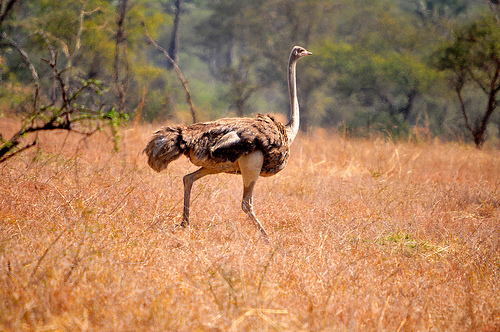
Bird Watching
Bird Watching safaris
Kidepo Valley has unique climatic conditions and beautiful vegetation cover that is ideal habitat for different bird species. More than a dozen of half century of recorded birds of prey species in Uganda, are endemic to the Kidepo Valley region. Kidepo Valley is an Important Birding Area and the only destination on Uganda safari to spot ostrich, Varreaux’s eagle, Eghyptian vulture, Pygmy falcon and other unique bird species.
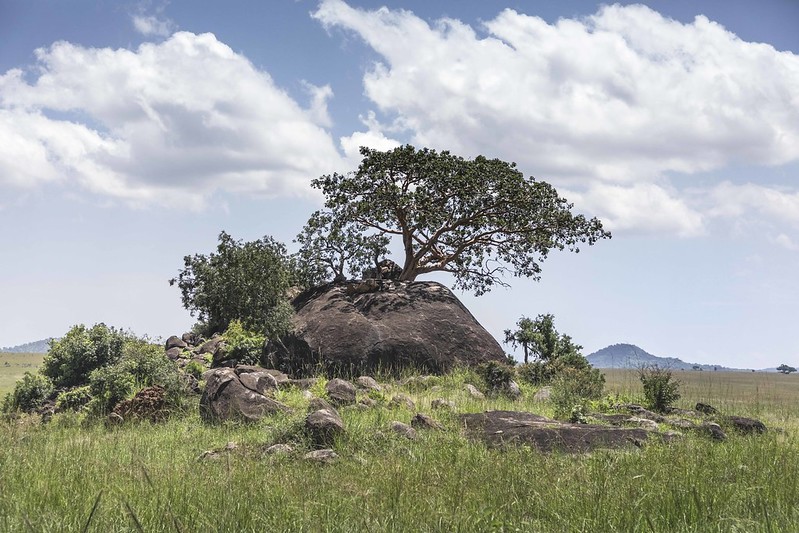
Sceneries And Sightings
The Kidepo Valley has breathtaking natural land features packed to the brim with excitings sightings to see. The Kidepo Valley is covered with borassus palms scatterd in all corners. In the dry season, strikingly beautiful white sands cover the river flat beds and entice travelers to attempt romantic walks into the wilderness. The greenery of the grasslands and the wonderful sceneries of scattered acacia trees, typic savannas, assault travelers’ senses from all corners raising their adventure adrenaline beyond normal levels. All through the gameviewing drives, the travelers explore magnificent undulating landscapes in their natural settings. Lamoj hill is a popular site close to Apoka tourism centre from which to spot wildlife in the valleys before embarking on gameviewing drive or walking expedition.
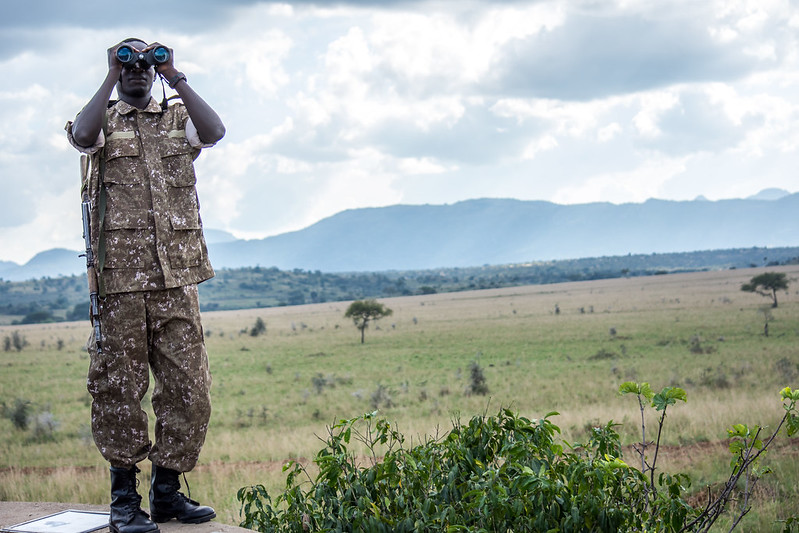
Nature walks / Hiking safari
Kidepo Valley drips with beauty froma all corners. Some of the attractions are better explored on walking safaris. Ranger escorts have wide knowledge of all corners in the place and overwhelming experiences. A walk to Lamoj hills and other raised grounds gives travelers aerial advantage to spot the wildlife activities in adjacent valleys and a great opportunity for wildlife photography safaris to capture postcard photographs. Travelers effectively visit and explore the Kanangorok Hotsprings on walking expedition. Nature walks through the Kidepo valley are an opportunity to explore the sandy riverbed, feel, breath, touch and discover wilderness in its natural form. Hiking and exploring the Morungole Mountains on the edges of the park, is one sure way of visiting the Ik community and sharing life experiences.

Community tourism
The indigenous people close to Kidepo have a unique lifestyle. They have lived all their lifetime sharing the same habitat with wildlife. They have strong love for their traditional lifestyle and do not easily welcome foreign influence in management of their affairs. The Karimojong are a nomadic pastoral community who treasure their livestock and keep large herds of cattle. The size of herd of cattle is a symbol of wealth and a social status. An organised Lorokul Cultural Group lives close to the park and is a sample of the larger Karimojong community. Resident guides arrange with the Karimojong leaders to tour their manyatta, homesteads and explore their lifestyle. Similar arrangement can be made to visit the Ik homestead on the edges of Morungole Mountains. The tours to cultural communities are an opportunity to listen to cultural music, songs and history, dance to their tunes, learn their methods of survival in the wilderness and life experiences.
Accommodation in Kidepo
Kidepo Valley National Park is away from urban centres and options for accommodation are not many. The nearest urban center with nice accommodation is hundreds of kilometres away. Book and make deposit for your accommodation in advance. Check and cross check to confirm booking for accommodation before setting off for your safari to reduce chances of unneccesary disasters. Small details like supplies at times can take more than a day to restock

